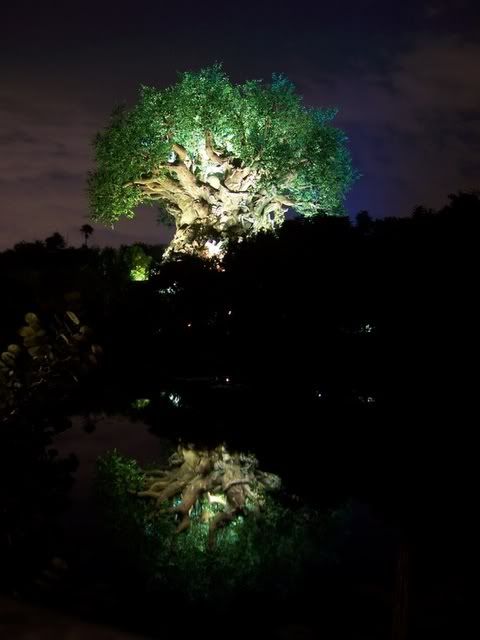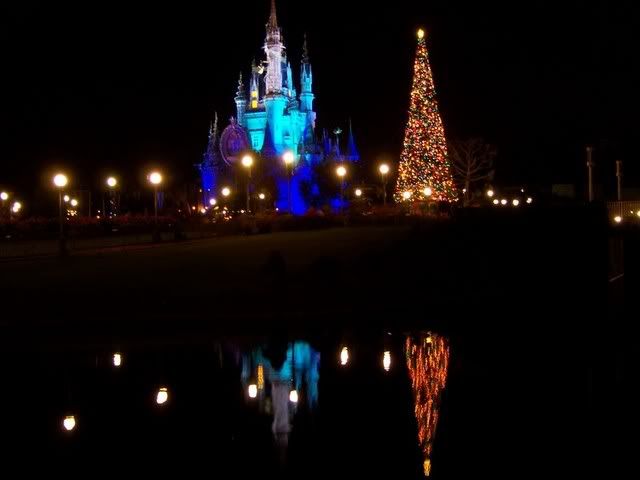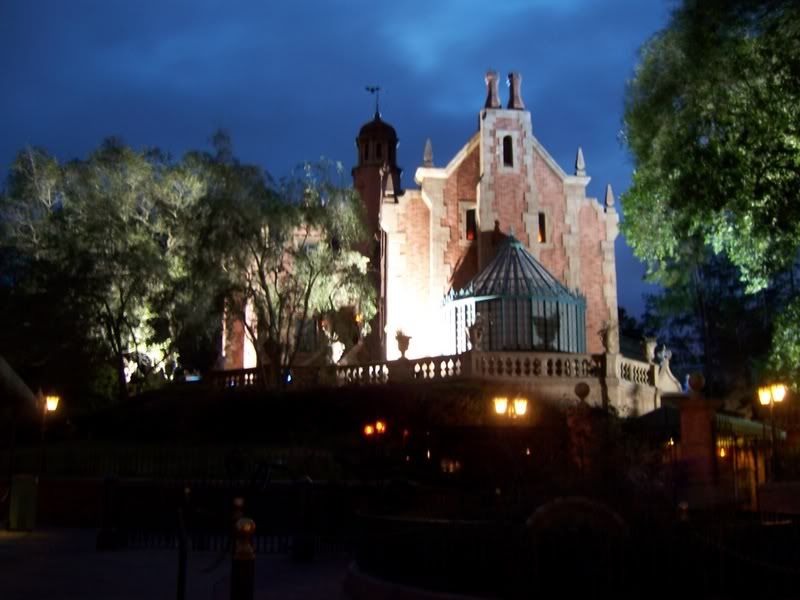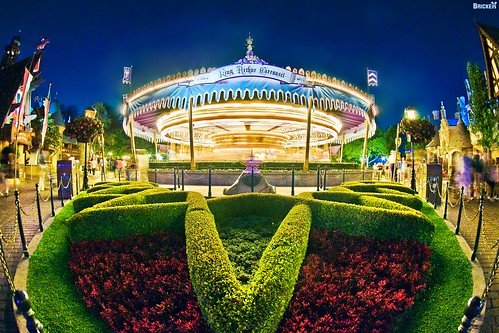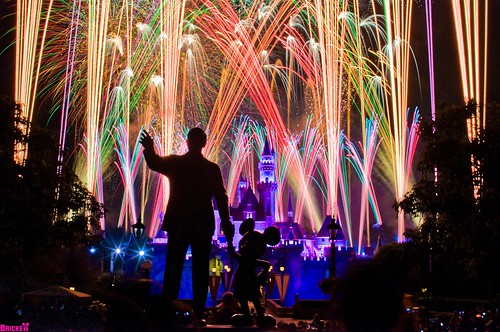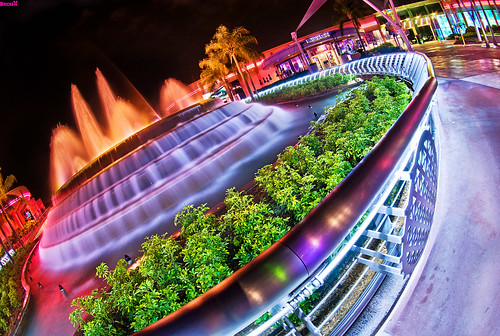is how long of an exposure.. are you on Blub? or do you use a time setting.. and then a 2.8 shutter opening or more?
There's no minimum duration of time for a shot to constitute a "long exposure." In my opinion, a long exposure is simply one that is either required in order to capture a shot in extremely low light (often requiring some form of stabilization beyond hand-held), or one that is intentionally set to be longer than normal to capture motion such as light trails. Long exposures can run from 2 seconds to a number of hours.
Many digital cameras have a limited time setting of 30 seconds, and a bulb exposure option. Most long exposure shots can be accomplished in under 30 seconds, especially at theme parks where there is sufficient lighting in even low lighting conditions. Also, you exposure time will always be proportionate to your aperture. So the illumination created in a 10 second shot versus 20 second shot could look exactly the same if your aperture had the equivalent variation in those shots. It depends on the desired depth of field.
You asked about a 2.8 aperture, probably because your instinct when shooting in low light is to open up your aperture. But for most photographers, the opposite is desired. That is, a small aperture (for sharp depth of field on stationary objects). Also, a smaller aperture means a longer exposure, and if you are shooting fireworks for example, that means more fireworks in the shot :sohappy: And when it comes to
long exposures, the
longer the better, right? Yes.
You don't have to bring a tripod to the parks to get long exposures. There are plenty of other small/compact stabilizing devices out there that you can use in conjunction with existing items in your environment (bench, table, trash can, steps, etc). A small bean bag, for example, is often sufficient.
The trick is to avoid overexposing your images. A lot of beginners want to make the lighted objects look nice and bright. But when it comes to long exposure photos (which are usually taken at night or in dark environments), less is more, and the darker your blacks are, the less noisy your final image will look.
Also, when shooting bright elements in a dark environment, such as fireworks, it's easy for those elements to become overexposed in a medium to long exposure. You can use neutral density filters to help reduce the light coming into your lens without affecting color so that you can keep that shutter open longer.


